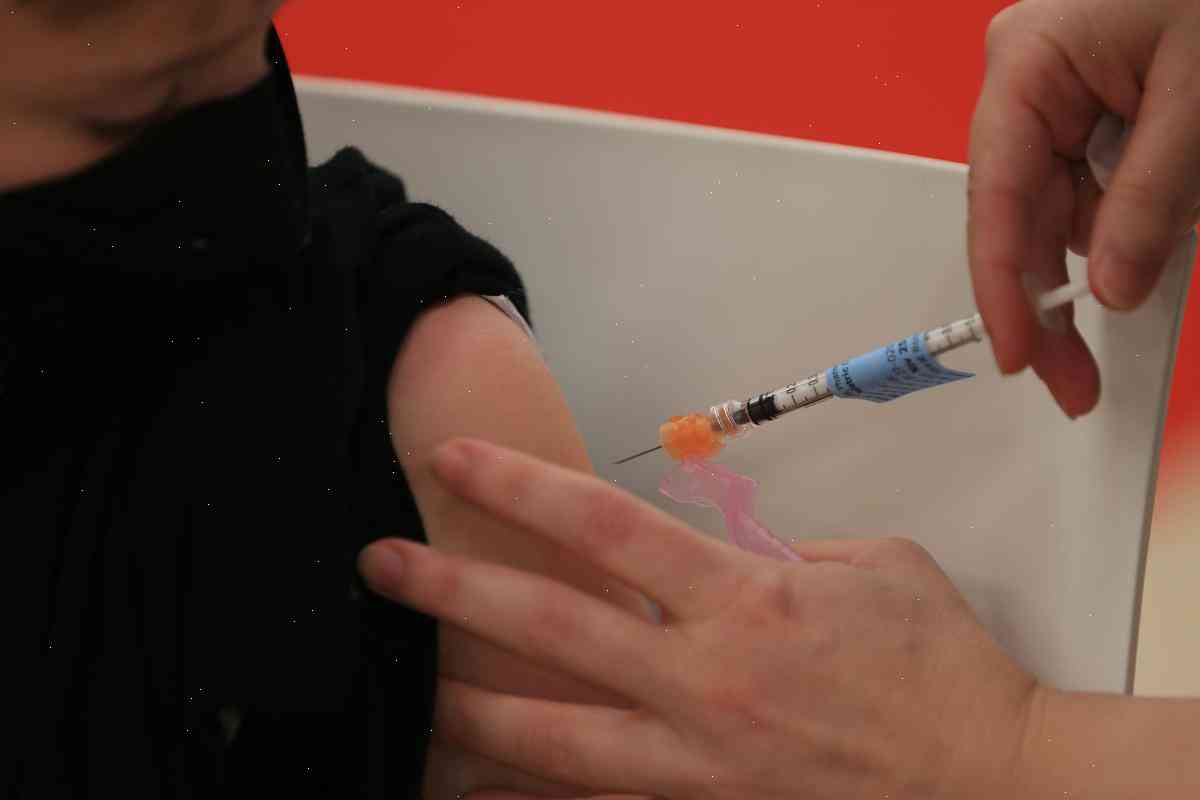These maps show Toronto’s current COVID-19 hot spots are not where you think.
The pandemic has led to a lot of changes for Toronto – changes that have caused some major headaches for the city’s government.
As one looks at the current state of the pandemic and the measures taken by the city and the province, there are so many moving parts and variables involved in the city’s response.
Below we’ve put together a list of what we think are the most significant shifts – or shifts that are of the greatest importance to the city and its community.
1. The public’s willingness and ability to self-isolate
In the early stages, many people found it impossible to be around other people, or at a workplace, for a significant period of time. As such, many people opted to stay at home.
Initially this made sense because COVID-19 was a highly local infection, and there was no reason to move around much at all.
That is no longer the case.
With the spreading of the virus, it has become much more difficult to isolate yourself, as the virus has spread further and deeper into the community.
This has led to people being asked to self-isolate at home more often, especially in Toronto.
This is in contrast to some other parts of Canada, where self-isolation was only recommended for those who have recently traveled to a high-risk country.
2. A need for more masks
In the initial days of the pandemic, mask prices were set to increase at a “crisis-like” rate that saw prices skyrocketing beyond their normal course.
But, as the situation has been able to calm down through the pandemic, masks are now less scarce or more expensive than normal.
As such, many are turning to using cloth masks, while others have started taking their children to get them for them.
This trend has been picking up steam in Toronto and other Canadian provinces, where cloth masks are now in greater and greater demand.
As a result, Canada has become increasingly reliant on imported masks, as we are not manufacturing them locally or finding ways to make them as cheap or low-cost as our neighbours

